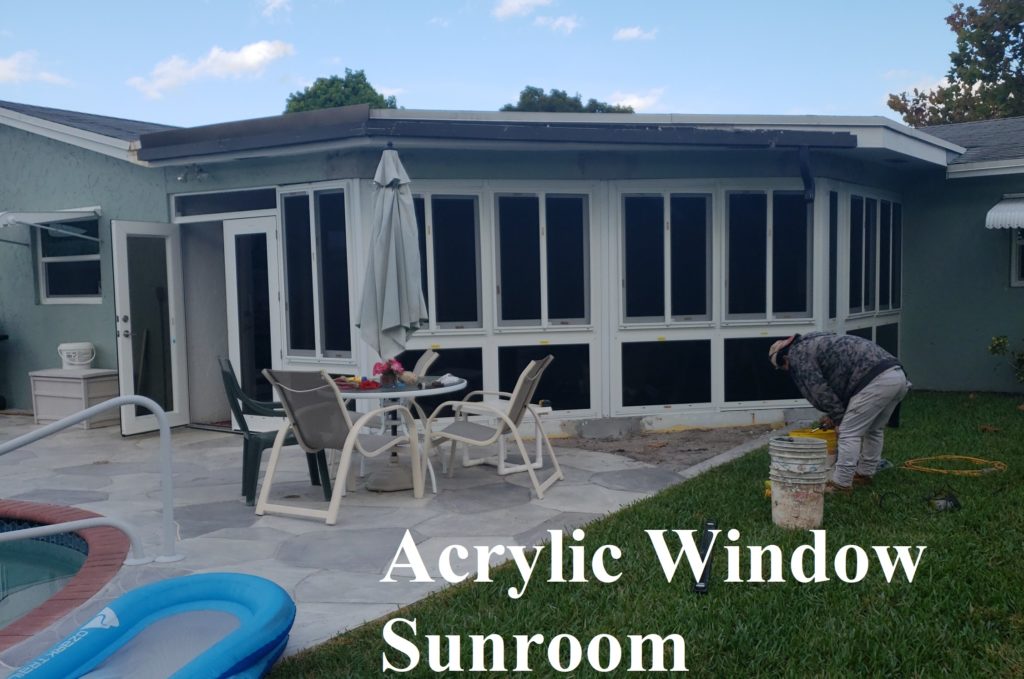
A sunroom is a wonderful addition to any home, providing a space where you can enjoy the beauty of the outdoors while being protected from the elements. Whether you plan to use it as a lounge area, dining space, or a cozy reading nook, designing your sunroom requires careful consideration of various factors. In this article, we will explore key elements to consider when designing your sunroom, from selecting the right location and materials to incorporating functional and aesthetic features that will create a bright and inviting space for relaxation and enjoyment.
- Determine the Purpose and Function. Before diving into the design process, it’s important to determine the purpose and function of your sunroom. Will it primarily serve as a space for entertaining guests, a private retreat for relaxation, or a multipurpose area for various activities? Understanding how you intend to use the space will guide your design decisions and help you create a sunroom that meets your specific needs.
- Choose the Right Location. Selecting the right location for your sunroom is crucial for maximizing natural light and creating a seamless connection with the outdoors. Consider the orientation of your home and choose a location that receives ample sunlight throughout the day. South-facing sunrooms generally get the most sunlight, while east-facing sunrooms are ideal for enjoying the morning sun. Avoid placing your sunroom in areas that are heavily shaded or obstructed by trees or buildings.
- Select Suitable Materials. Choosing the right materials for your sunroom is essential for durability, insulation, and aesthetics. Opt for materials that are specifically designed for sunroom construction, such as aluminum or vinyl frames with energy-efficient glass panels. Consider using insulated glass to regulate temperature and reduce energy consumption. Additionally, select materials that can withstand exposure to sunlight, moisture, and temperature fluctuations, ensuring longevity and easy maintenance.
- Incorporate Adequate Ventilation. Proper ventilation is crucial in a sunroom to maintain a comfortable and pleasant environment. Consider incorporating operable windows, sliding doors, or skylights to allow for fresh air circulation. This will help regulate temperature and prevent the sunroom from becoming too hot or stuffy during warmer months. Ceiling fans or portable fans can also enhance air movement and provide additional comfort.
- Create a Seamless Transition. To create a harmonious flow between your sunroom and the rest of your home, consider the design elements that will ensure a seamless transition. Use complementary flooring materials or continue the flooring from adjacent areas to create visual continuity. Choose paint colors or wall treatments that complement the overall style of your home. Coordinating furniture and decor can also help establish a cohesive look.
- Maximize Natural Light. The main attraction of a sunroom is the abundance of natural light it offers. Maximize this aspect by incorporating large windows, floor-to-ceiling glass panels, or a conservatory-style design. Avoid obstructing windows with heavy drapes or blinds, and opt for sheer or light-filtering window coverings that allow natural light to penetrate while providing privacy when needed. Mirrors strategically placed in the sunroom can reflect light and create an even brighter ambiance.
- Furnish for Comfort and Style. Choosing the right furniture is crucial for creating a comfortable and inviting space. Consider durable and weather-resistant materials that can withstand exposure to sunlight and moisture. Opt for cushioned seating with fabrics specifically designed for outdoor or sunroom use. Incorporate tables, chairs, and storage solutions that fit your intended activities and ensure functionality. Select decor and accessories that complement your desired style, whether it’s contemporary, rustic, or eclectic.
- Add Personal Touches. Finally, make your sunroom truly yours by adding personal touches that reflect your taste and interests. Incorporate indoor plants or a small herb garden to bring the outdoors in. Hang artwork or photographs that evoke a sense of relaxation or inspire you. Install lighting fixtures that provide ambiance for evening use. Consider adding comfortable rugs, pillows, and throws to create a cozy atmosphere. The key is to make the space feel inviting and reflective of your personality.
Designing your sunroom involves thoughtful consideration of its purpose, location, materials, ventilation, natural light, furniture, and personal touches. By incorporating these elements and following your own unique vision, you can create a sunroom that serves as a tranquil oasis where you can relax, entertain, and enjoy the beauty of the outdoors throughout the year.
